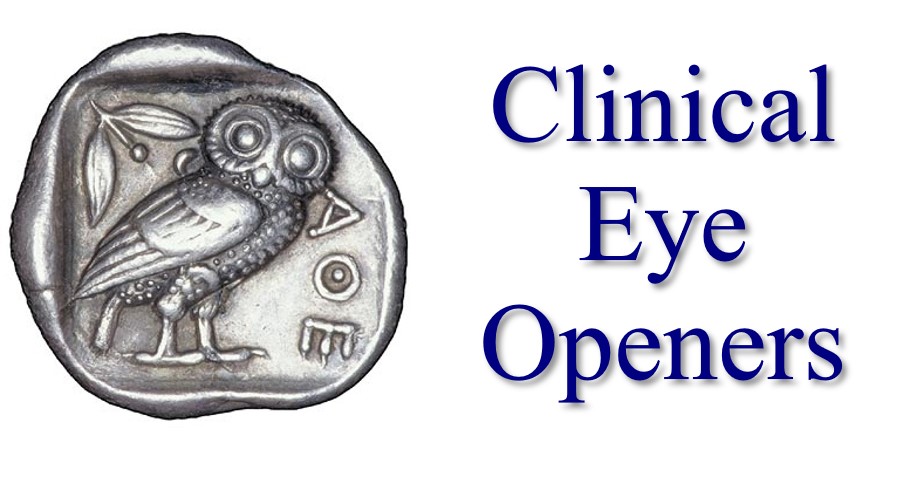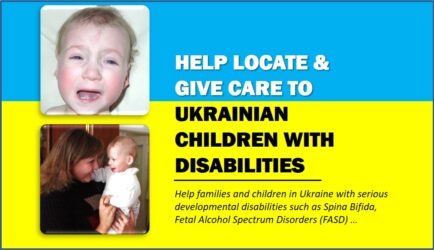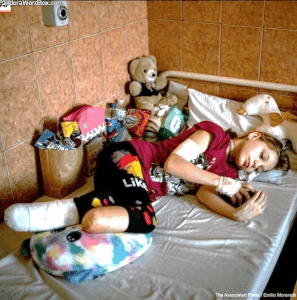Teratology, Dysmorphology, Genetics – In Essence
Implications: teratogen is any cause (environmental or genetic) acting at any time during development capable to alter any function (physiology) or structure (morphogenesis).
Dysmorphology is the study of Teratology from a clinical perspective of signs, signals and syndromes.
Implications: emphasis on recognition of signs as signals of mechanisms (pathogenesis) and/or causes (etiology) and/or characteristic concurrences of these into syndromes associated with a characteristic natural history (prognosis).
Clinical Genetics is the application of principles of heredity, variation and genetic makeup toward the diagnosis, treatment and prevention of such disorders.
Implications: disorders reflecting impacts of alterations of single genes (mutations and Mendelian inheritance), alterations of chromosomes (cytogenetics) and combination of factors (multifactorial).
The Teratology Society defines Teratology as the study of serious deviations of normal development, birth defects* (structural, functional, and physiological), and inclusive of:
- Genetic Influences
- Drugs and Birth Defects
- Maternal health and nutrition Influences
- Environmental Exposures and Birth Defects
- Developmental and Reproductive Toxicology **
Teratology Principles (please see).
Dysmorphology concerns “differences of body structure” – isolated or multiple, observed in normal individuals or associated with congenital disorders of genetic or environmental nature, and formulation of specific nomenclature inclusive of characteristic clusters of signs as a signal of recognizable syndromes. A further excellent description is found in the Smith’s Recognizable Patterns of Human Malformation. ***
Notes:
* “Birth Defect” is a popular vernacular substitute for “malformations” – both terms need clarifications: they apply to functional and structural anomalies of both genetic and environmental nature.
** Reproductive “Toxicology” wrongly implies equating a toxin with a teratogen or presumes that Teratology is a sub-set of Toxicology (see principles of Teratology).
*** In the introduction “Dysmorphology Approach and Classification” to the “Smith’s Recognizable Patterns of Human Malformations” (see next page), the following salient points are underscored; “… devoted to patterns of malformation … accurate diagnosis of a specific syndrome … a prerequisite for (care and prevention) … family history is an essential … interpretation of anomalies from the viewpoint of developmental anatomy … which anomaly represents the earliest defect in morphogenesis? … can all anomalies be explained on the basis of a single problem in morphogenesis? … malformation sequence? … deformation sequence? … disruption sequence? … malformation syndromes? … a defect may be a feature in several syndromes of variant etiology … diagnosis can be rendered on the basis of a total pattern of anomalies … intra and inter individual variability in expression … similar phenotypes (heterogeneity of physical similarities) …




